"There is an completely human quality to the beauty possessed by engines. It's obvious when you think about it. No matter how much Computer Aided Design and Digital Production techniques built into their realisation, they were conceived of in the "

Mid-engines for the masses
Is an affordable mid-engined car a good idea?
These days, buying a new mid-engined sports car is an expensive business, with even a base model Elise or Boxster costing somewhere north of £40,000. But it wasn’t always like that…
For over four decades, there was always at least one relatively affordable mid-engined sports car available to tempt new car buyers. We’ve already talked about the mid-engined Matras and the MG F/TF, but what about the others?
Let’s have a gander at a few of them, shall we?
Fiat X1/9
You could count the number of affordable mid-engined sports cars on one finger when Fiat launched the X1/9 in 1972. Until the X1/9 came along, buyers could either buy Matra’s avant-garde M530 with its innovative 2+2 seating configuration or find the extra funds necessary to buy Lotus’s rapid but rather cramped Europa.
So when the covers came off the pretty, Targa-roofed X1/9, buyers on both sides of the Atlantic were quick to whip out their cheque books. Except, of course, for those in the UK: like the M530, the X1/9 was only available in LHD form. Indeed, it would be four long years before British sports car fans were able to lay their hands on an X1/9 which had its steering wheel on the right.
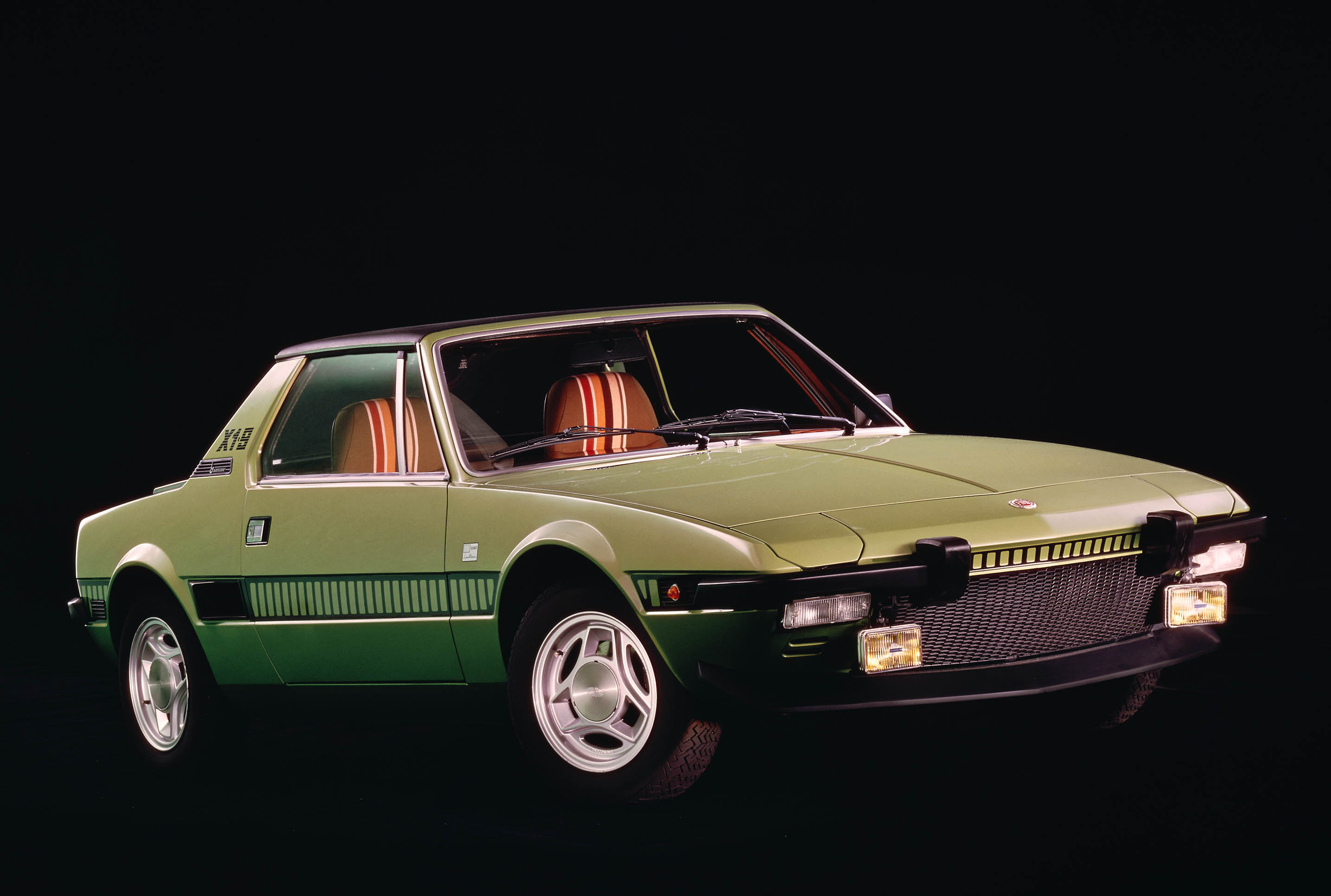
Still, it was worth the wait. It looked great, with the ‘Lido’ versions with their black paint and cream seats being particularly easy on the eye, handled well and its lift-off roof (which stowed neatly under the bonnet) was a boon on sunny days. And if the performance endowed by its 1290cc SOHC engine was no better than mediocre (103mph and 0-60 mph in 11.8 seconds), its excellent fuel consumption was more than a little welcome in an era lacerated by fuel crises and rampant inflation.
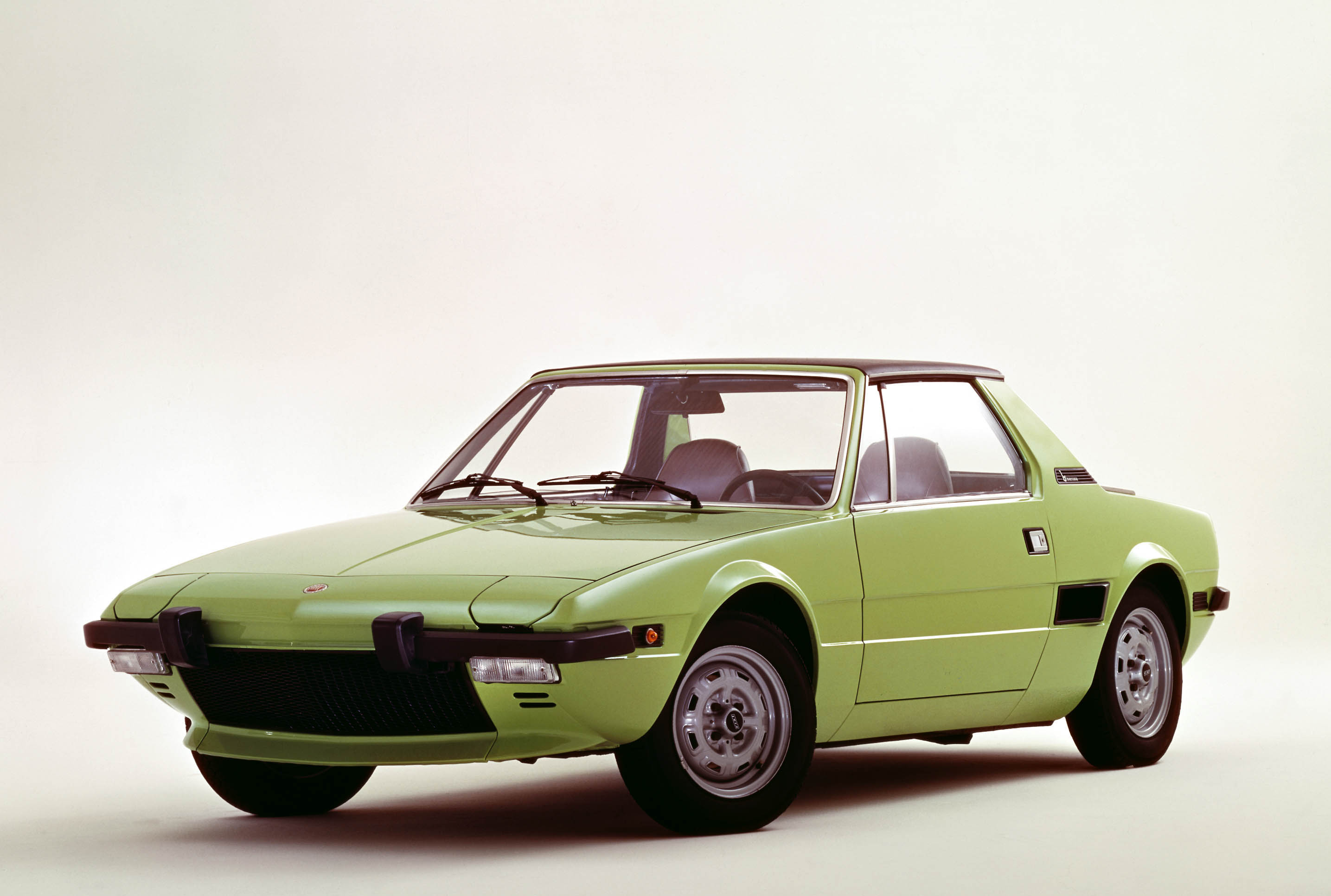
It was an excellent little sports car and would have been an even better one if only it had been better protected against rust. There was another problem too, one which revealed itself over time: Fiat’s overly rigid adherence to a philosophy of ‘if it ain’t broken, don’t fix it’ when it came to developing the X 1/9. During nearly a decade in production, Fiat’s main modification to the X 1/9 was to give it a larger capacity (1498cc) engine and mate it to a five-speed gearbox in place of the previously fitted four-speed unit. Performance was, however, only slightly enhanced. The other significant change was to equip the X 1/9 with more substantial bumpers, to the detriment of its looks.
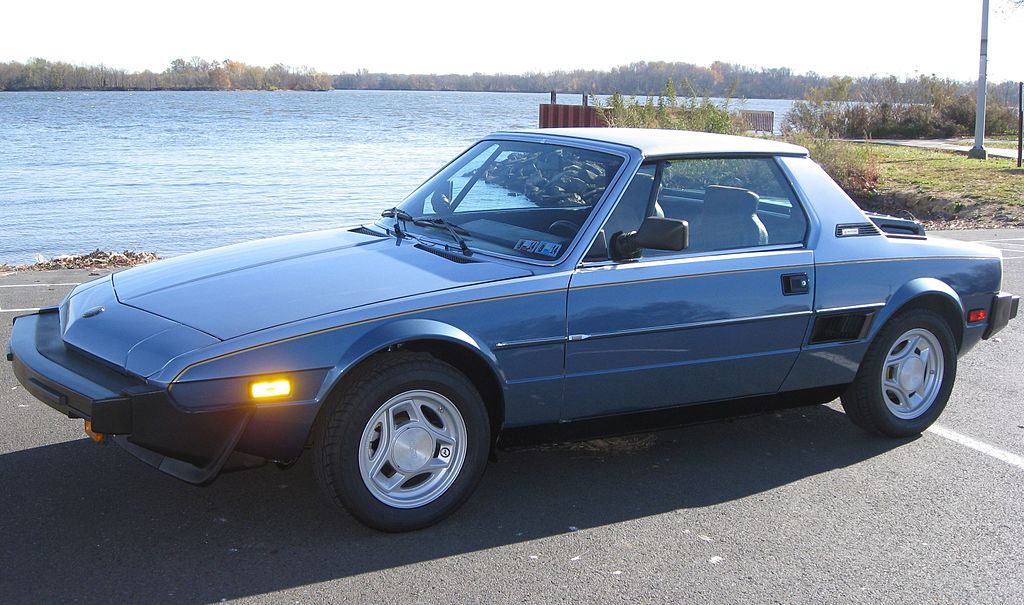
In 1982, Bertone (the builders of the X 1/9’s bodyshell) took over production from Fiat, and the re-badged X 1/9 soldiered on until 1989 with only detail changes being made along the way.
Today, only around 300 X 1/9s are currently licensed in the UK – a far cry from the days when it seemed impossible to walk down a street without seeing one. Even so, there are always a few for sale at any given time. Prices have risen in recent times, however, and the X 1/9 is no longer quite the bargain it once was. It’s still as much fun as ever, though.
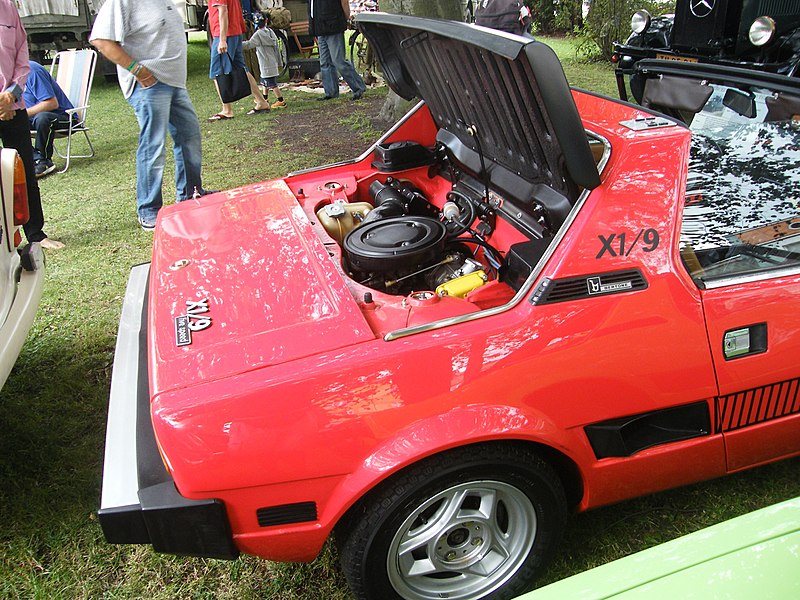
Toyota MR2
For a marque that didn’t have a history of sports car production, Toyota’s first mainstream effort (we’ll ignore the beautiful but low-volume 2000 GT) wasn’t half bad.
The fruits of a study initially tasked with creating a fuel-efficient, two-seat commuter car that was fun to drive, the MR2 was a worthy successor to the X 1/9 as the mid-engined sports car for the masses. Styled in-house by Seiichi Yamauchi, the MR2 was first shown in prototype form, as the Toyota SV-3, in 1983. Production commenced the following year, with the first European and North American deliveries following in 1985.
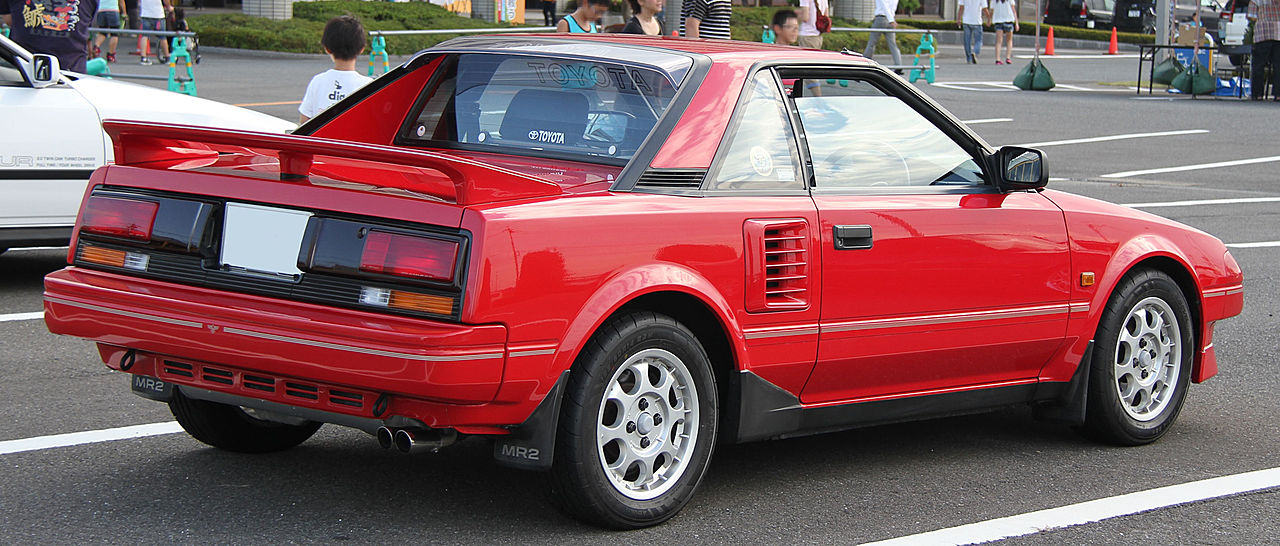
Like the X 1/9, the MR2’s mid-mounted engine was short on cubic capacity, with the larger of the two engines offered (the less powerful 1.5-litre model being confined to its home market) having a capacity of 1587cc. But unlike the Fiat’s engine, the Toyota’s powerplant was a modern fuel-injected, 16 valve DOHC unit, and it showed. With an output of 120 bhp (in UK market specification), it enabled the MR2 to show a clean pair of heels (121 mph and 0 to 60 mph in 7.7 seconds) to most contemporary hot hatchbacks. But the MR2 didn’t just go well, its steering, brakes and handling were all excellent too. As a package, it was very hard to fault.
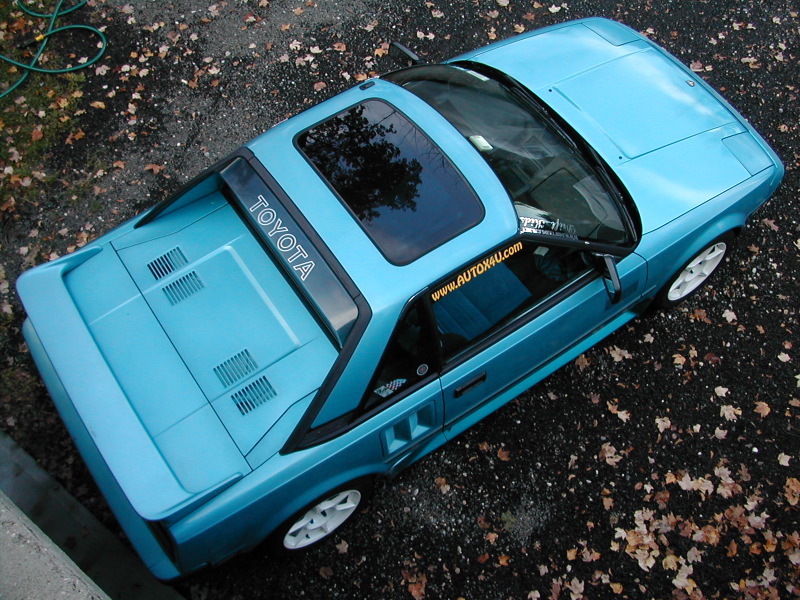
A supercharged version, with 145bhp and a healthy dollop of torque, was produced for the Japanese and (later) US markets but was never officially imported to the UK. A number came to the UK nonetheless, the appeal of the Japanese domestic market versions being enhanced by virtue of being right-hand-drive.
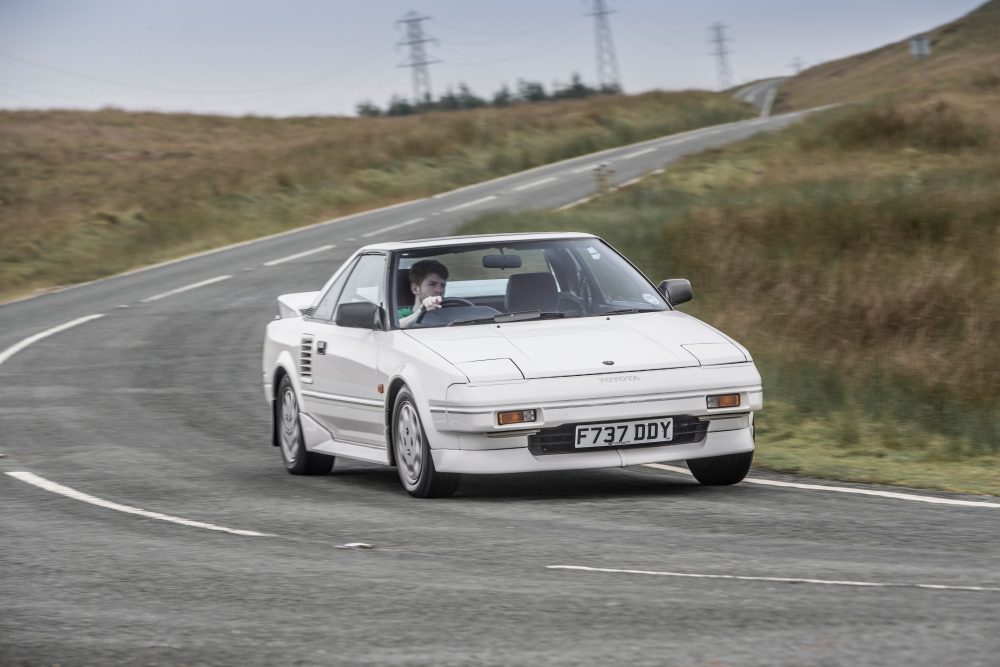
Add in a comfortable cabin, the option of a T-bar version from 1986 and typical Toyota reliability and it’s plain to see that the MR2 had all the right ingredients for success.
And succeed it did, with just under 164,000 examples being built before production ended in 1989. Two further iterations of the MR2 (the curvaceous but compromised second generation and the back-to-basics third-generation roadster) would follow, with production finally ending in 2007. But as in so many things, the original is the one to go for. Just be wary of rusty examples and those bearing the scars of less than tender ministrations at the hands of modifiers.
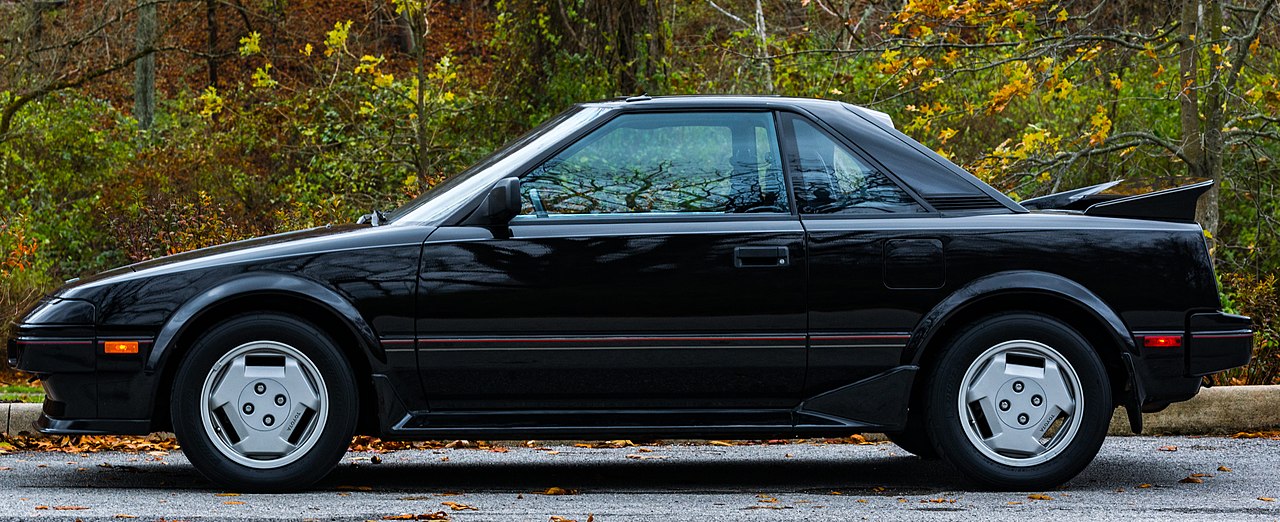
Pontiac Fiero
Care to guess the biggest-selling mid-engined car ever produced? Hint: it’s not the MR2. Nor the X1/9 nor, even if we lump both in models together, the MG F and TF.
It is, in fact, the Pontiac Fiero. With a total production run of 370,187 units, it outsold all three generations of the MR2 added together. And it did so in just five years.
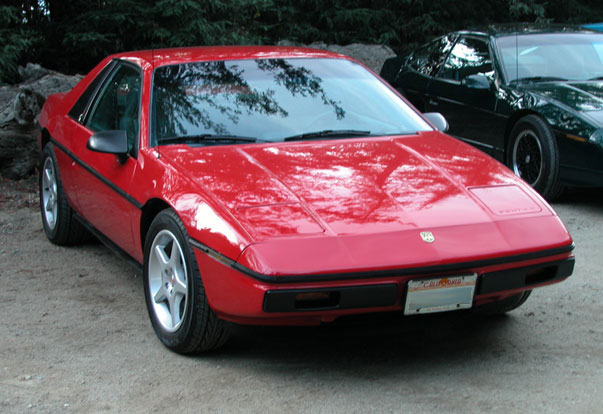
Like the MR2, the plastic-bodied Fiero was originally conceived as a commuter car. And since GM didn’t want to spend much money – by Detroit standards, anyway – on it, it had to use as many off-the-shelf components as possible. This remained the case even when GM acknowledged that the P-car, as it was then known, was really a small sports car rather than a commuter car. It was a decision that pretty much sealed the Fiero’s fate from the outset.
The main problem was the engine. With a displacement of 2.5 litres, you might be forgiven for thinking that it would give the Fiero plenty of vim. But it did no such thing. With a mere 92bhp on tap, the Fiero wheezed its way to a maximum speed of 105mph and a 0 to 60 mph time of 11.3 seconds.
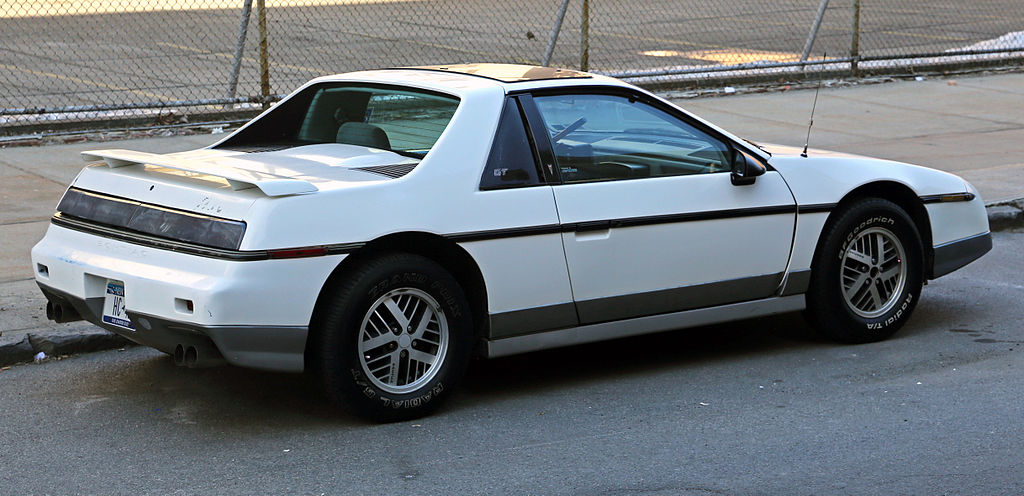
Worse still, the Iron Duke engine was hideously unreliable in its Fiero incarnation. It ran hot, oil leaks were commonplace, a significant number of engines were built with faulty conrods and, to cap it all, there was a spate of engine fires which led to a damaging – and costly – recall. Although most of these problems were confined to 1984 and 1985 models, the Fiero’s reputation was indelibly stained.
The handling wasn’t exactly from the top drawer either. Budgetary constraints meant that the rear suspension was taken from a GM front-wheel-drive saloon and turned around 180 degrees. The front suspension also came directly from a saloon and, in spite of the Fiero’s weight, the steering lacked power assistance. The effect of this was that although grip levels were good, the Fiero’s ride was overly firm, it changed direction with the alacrity of a battleship and the heavy steering ensured that the driver got a decent upper body work-out at every low-speed corner.
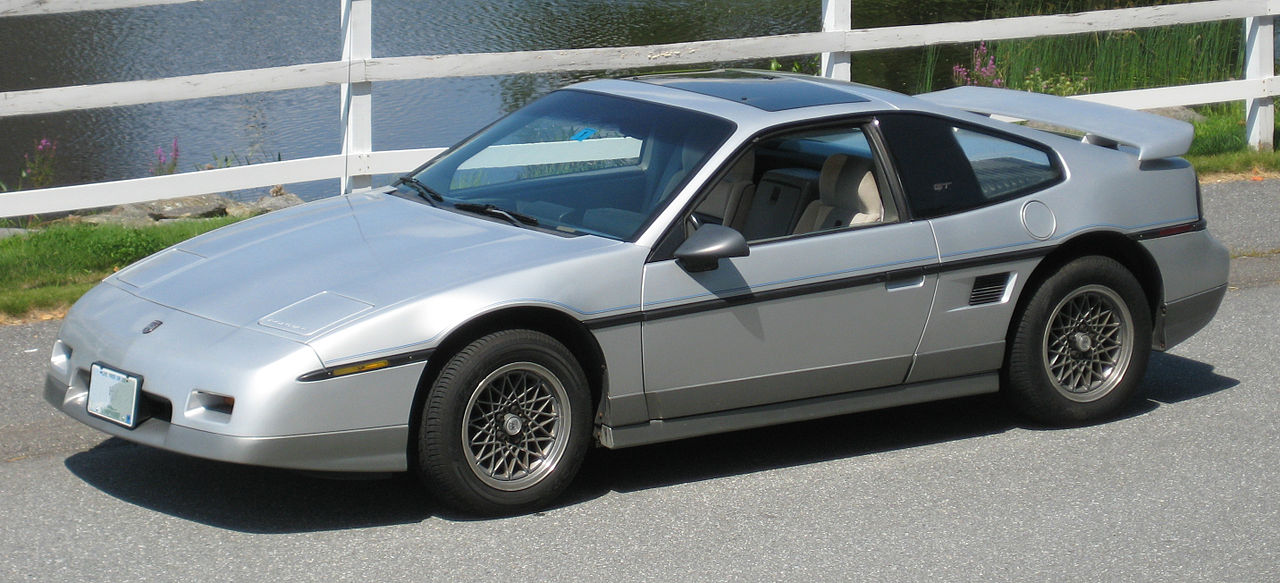
But the Fiero gradually started to receive many of the things it should have had from the outset. The option of a 2.8 litre V6 was the first easter egg to arrive. It wasn’t the most advanced or powerful unit (early versions had 140 bhp, later ones 135bhp) but it was enough to transform the way the Fiero went, adding nearly 20 mph to its top speed and shaving almost four seconds from the time taken to sprint from rest to 60 mph.
A more streamlined GT version followed shortly thereafter. Sold alongside the existing notchback version, the GT looked much more like the sports car the Fiero so desperately wanted to be.
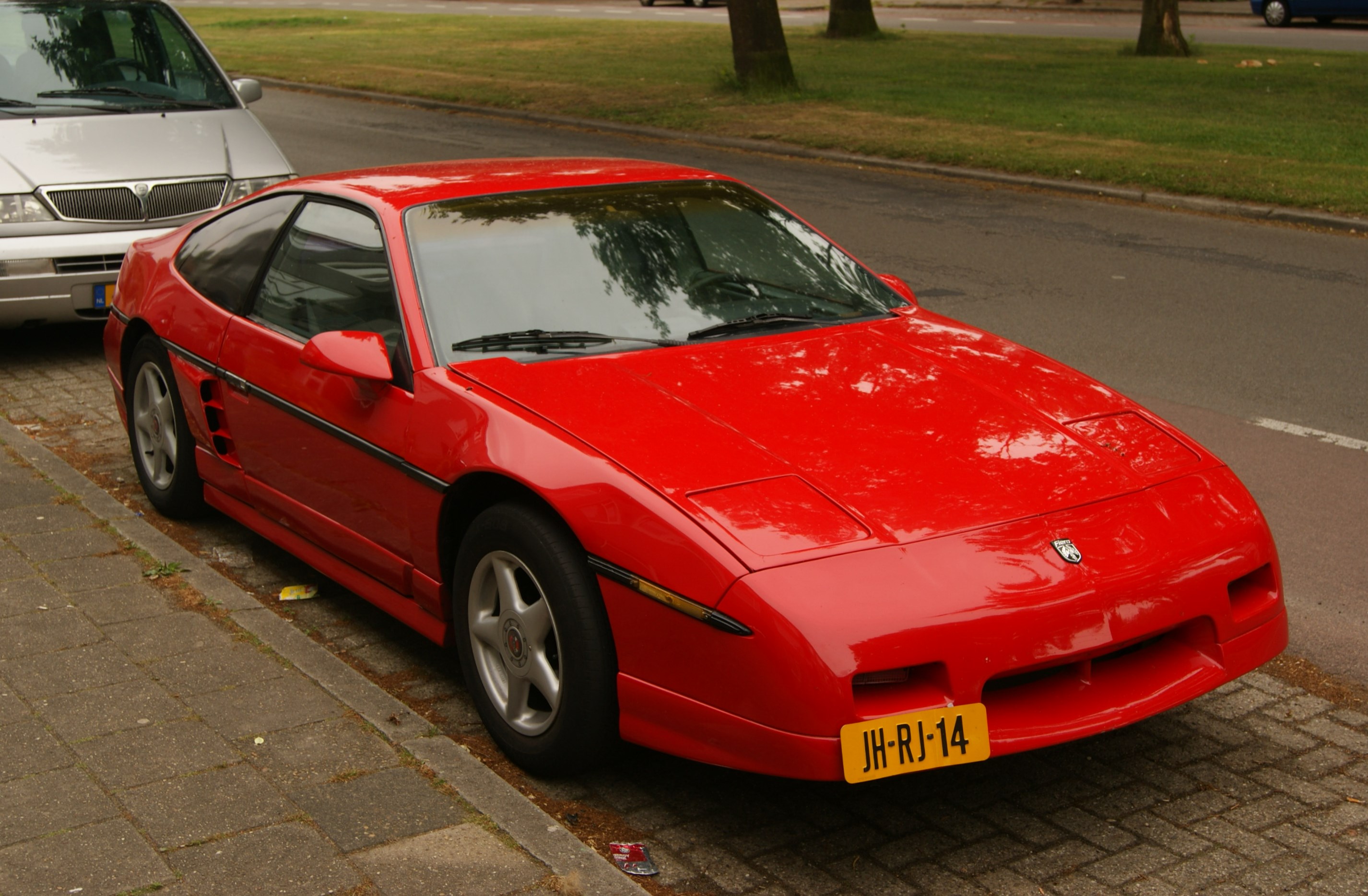
Finally, for 1988 the Fiero received the suspension that it had been crying out for. Gone was the make-do-and-mend rear suspension and in came a bespoke multi-link set-up. Coupled with suitably tweaked front suspension, the Fiero’s handling was transformed into something rather more befitting its looks, even though the steering remained too heavy.
But just when the Fiero was finally becoming the car it always should have been, GM pulled the plug on it.
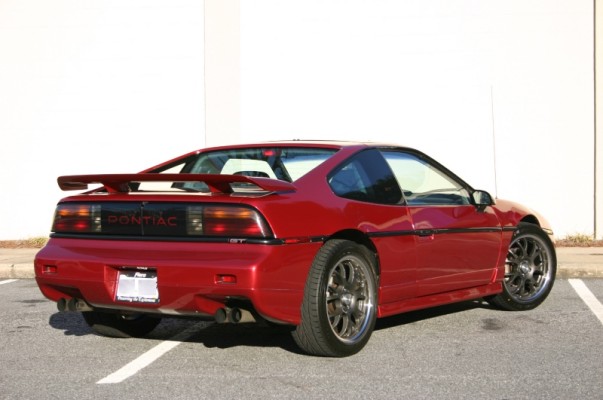
The Fiero was never officially imported to the UK, but some reached these shores. Indeed, it’s still possible to buy one in the UK. It’ll be LHD, of course, and the steel chassis will have been subjected to the rigours of UK weather. Alternatively, you could always bring one over from the USA, where they’re still to be found in reasonable numbers. Either way, we’d suggest you hold out for a 1988 car with the V6 engine and manual ‘box.
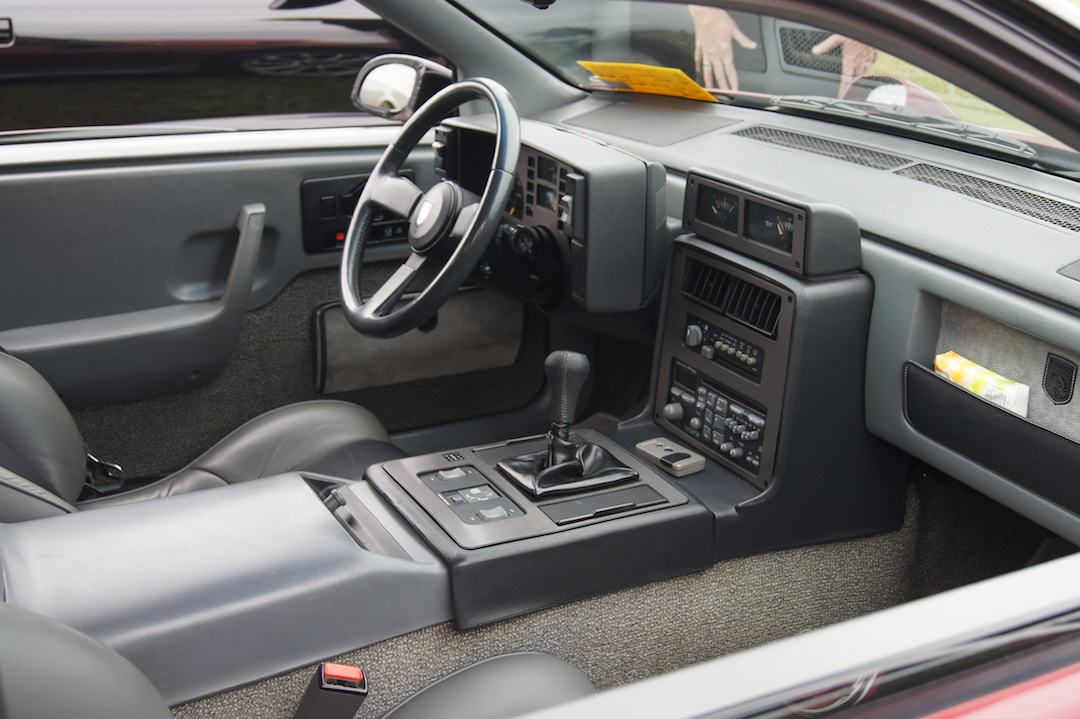
Lancia Monte Carlo
The Fiero wasn’t the only mid-engined car to be cut down just when its makers finally got it right, for the same fate befell Lancia’s beautiful Montecarlo.
Its story began in the late 1960s when Fiat commenced design studies into two new sports cars, projects X 1/8 and X 1/9. But whilst the X 1/9 was built as a Fiat, the X1/8 (later known as the X 1/20) ultimately became the Lancia Beta Montecarlo.
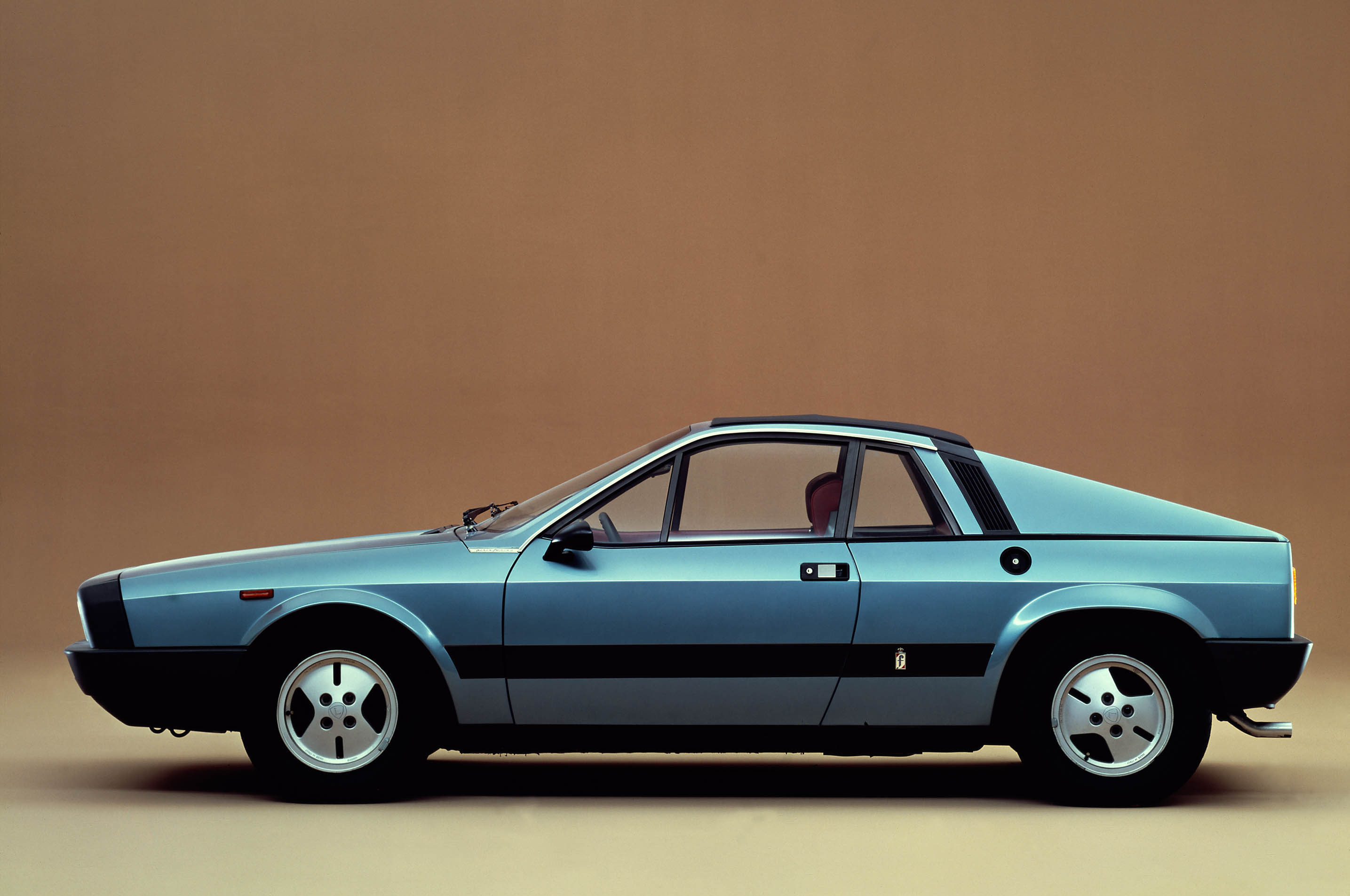
First shown at the 1975 Geneva Motor Show, the Pininfarina designed two-seater reached showrooms a year later. Offered in coupé and ‘Spider’ versions (the latter having a clever, albeit clunky, fabric roof that could be rolled up and stored in a recess between the B-pillars), the Beta Montecarlo was powered by a 1995cc, 120 bhp version of Aurelio Lampredi’s celebrated DOHC engine. Thus equipped, it could attain 118mph and cover the 0-60 sprint in 8.2 seconds – very competitive figures for the day.
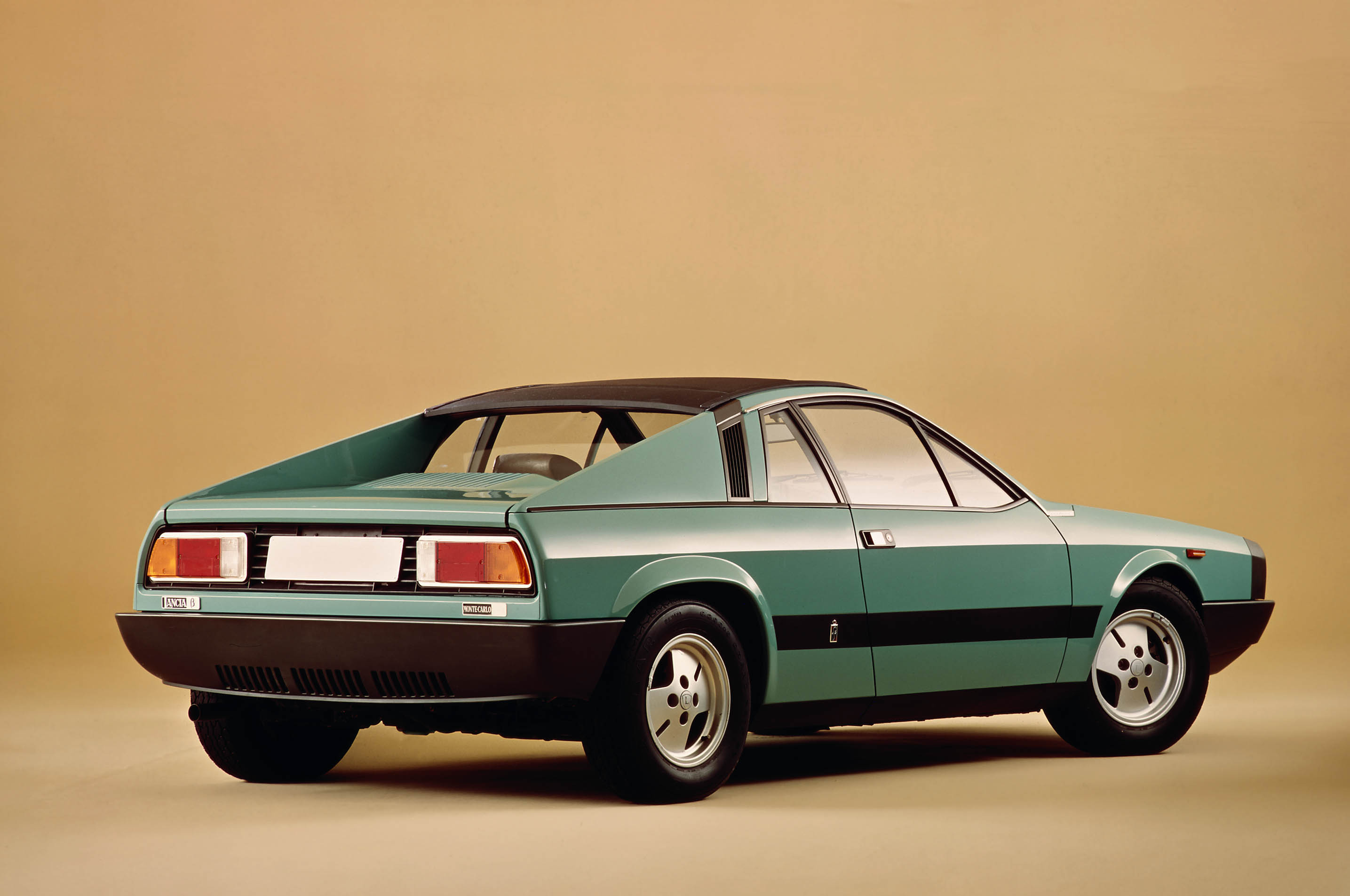
It gripped and handled well too, particularly on dry roads. And courtesy of Pininfarina, it looked more stylish than Marcello Mastroianni on a night out – this being particularly true of the later models with glazed rather than solid rear buttresses.
The US market version of the Montecarlo, sold as the Lancia Scorpion due to Chevrolet’s ownership of the Monte Carlo name in North America, was a rather less attractive proposition. In order to comply with US law, Lancia was compelled to append ungainly impact-absorbing bumpers to the Scorpion’s svelte nose and rump. A necessary evil, then, but one that was akin to drawing a baseball cap on the Mona Lisa.
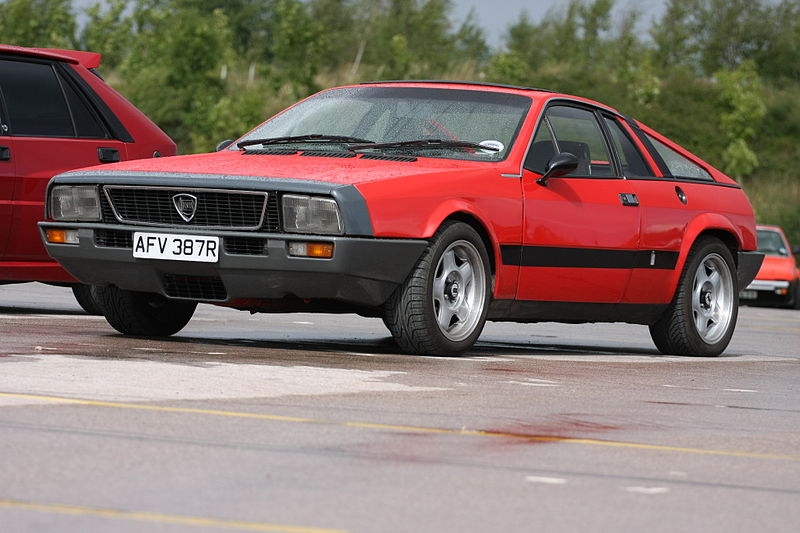
And then there was the engine. To comply with emissions regulations, the Scorpion came with a 1756cc engine that offered a mere 81 bhp. With its looks and performance thus impaired, even a fairly large role in ‘Herbie goes to Monte Carlo’ (where else…) couldn’t tempt enough Americans to part with their hard-earned cash, and the Scorpion was axed in 1978.
And that wasn’t the only bad news: the Montecarlo might have went well but the same couldn’t be said about the way it stopped, particularly on wet or greasy roads. In their wisdom, Lancia had given only the front brakes servo-assistance. Too much servo-assistance as it happened.
Production was halted in 1978 so that a solution could be found and implemented. It was two years before production resumed, the braking issues having been resolved by removing the servo and fitting larger discs and calipers. There were other changes too, including the deletion of the ‘Beta’ name, but nothing that came remotely close to justifying a two-year hiatus in production.
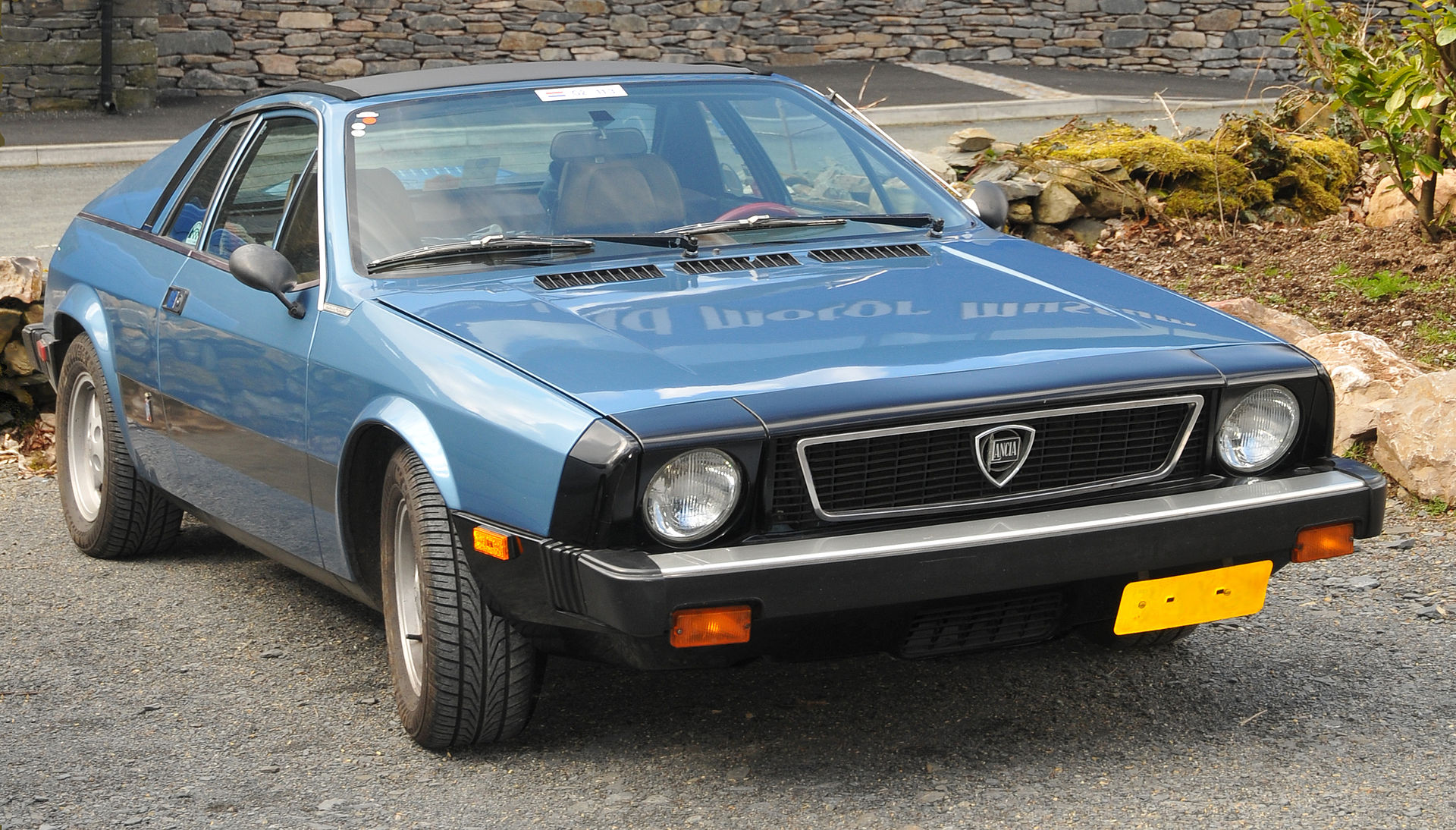
The Montecarlo’s return was, however, a short one. Production ceased once more, this time for good, in 1981, although sales continued into 1983. All told, only 7798 Montecarlos and Scorpions were built, of which 1216 were RHD models.
The number of Montecarlos in the UK has increased in recent years, but even so only around 75 are currently known to the DVLA, and most of those are on SORN.
With so few available, finding the right car will take time and effort, and don’t expect to find too many bargains. But then beauty often comes at a price, doesn’t it?
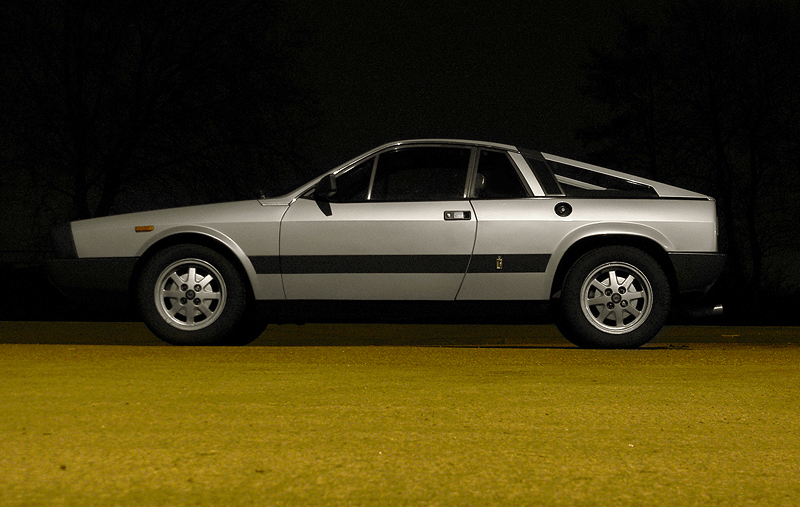
CLICK TO ENLARGE










